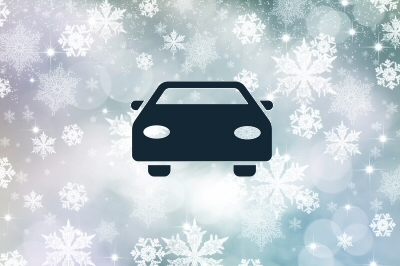With recent temperatures into the single digits and snow bringing our daily routine to a standstill here in Maryland, Washington DC and Virginia, it’s not only unwise but unsafe to be unprepared for weather problems this winter. Be a smart driver -- brush up on these common sense rules for safe winter driving.
- Even if you didn't prepare for winter before this wet, cold or icy weather by performing a complete vehicle check-up, do it now. Your auto tech will tell you that winter conditions present the greatest challenge to your vehicle’s operating efficiency.
- Move your vehicle into the open to let it warm up so that you avoid exhaust build-up in your garage.
- Check your tires frequently for proper inflation. If your vehicle owner’s manual does not specify, then ask your automotive technician about the proper inflation level.
- Make it a practice to keep your fuel tank at least half-full – both to prevent gas-line freeze and to ensure that you won’t likely run out of fuel in an emergency.
- If possible, don’t drive in bad weather; and if you must drive, try to be well rested and wait until snow plows and sand trucks have cleared the roads.
- When driving on wet, snowy or icy roads, avoid using cruise control or overdrive. Both detract from your full control of the vehicle in possible slippery conditions.
- Use your seat belt and make sure that your seat and mirrors are properly adjusted for best visibility. Wear sunglasses to reduce glare.
- Don’t use your parking brake in cold or inclement weather, if at all possible.
- If you experience skidding on slippery roads, always take your foot off the gas pedal and steer in the direction you want to go to recover from the skid.
One more essential: Keep a Winter Driving Kit in your vehicle and stock it with a bag of sand, salt or kitty litter, ice scraper, paper towels, shovel, snow brush, warning flares, window-washing fluid, a flash light, booster cables, a blanket, gloves and a cellular phone. You’ll have the peace of mind that comes from knowing you’re prepared for an emergency.
The key to safe winter driving is to plan ahead, know your vehicle and adapt to the weather and road conditions.


 William M. Sparks 1945 - 2023
William M. Sparks 1945 - 2023



